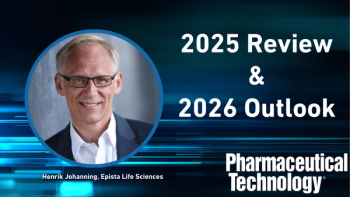
GE’s Thawing Technology for Delivering Cell Therapies
The VIA Thaw CB1000 from GE Healthcare offers thawing for large volumes of cell therapies cryopreserved in cryo-bags for research laboratories.
GE Healthcare’s VIA Thaw CB1000 for thawing large volumes of cell therapies cryopreserved in cryo-bags is the first in the company’s VIA Thaw series. Intended for use in research laboratories, this range of automated, dry thawing units provides users with control over the thawing of sensitive therapies. The units are suitable for handling the inconsistent elements in standard water-bath thawing practice and deliver a reproducible and traceable recovery system that maintains cell viability to prevent loss of therapeutic effect.
The units combine automation with dry-conduction thawing, enabling the thaw endpoint to be precisely determined and eliminating the contamination risk associated with water baths. Thaw profiles can be customized to every cell therapy sample and transmitted to thawers across multiple sites to ensure consistent sample thawing. All units in the series have a ‘lock-down’ option to limit the operator to a single pre-set profile and minimize the risk of error. Electronic data logging creates a record of each step in the thawing process and enables sources of variation to be identified. To standardize and audit thawing processes from any web browser, all units integrate with the company’s digital my.Cryochain platform.
Source:
Newsletter
Get the essential updates shaping the future of pharma manufacturing and compliance—subscribe today to Pharmaceutical Technology and never miss a breakthrough.




